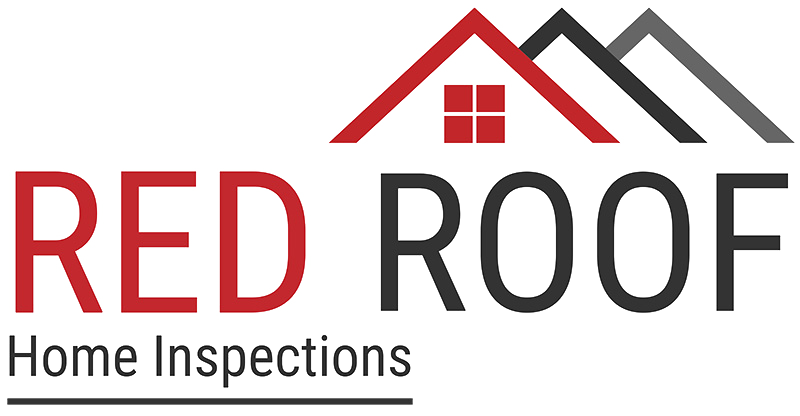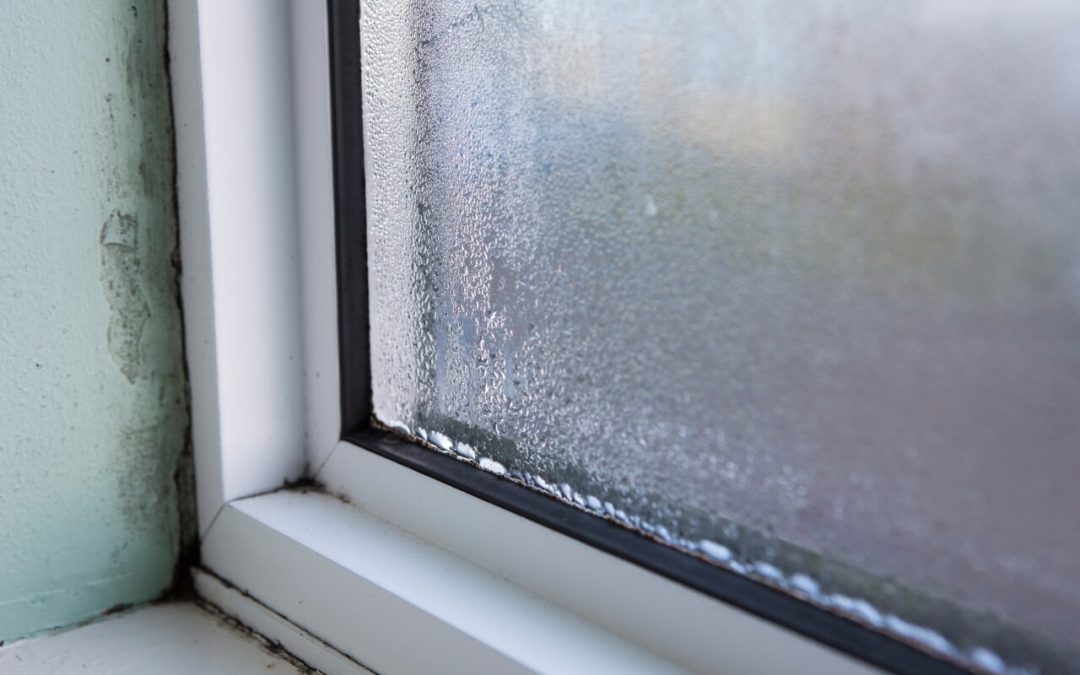When creating safe and healthy living spaces, one significant concern that often arises is the presence of mold. Mold is a fungus that thrives in damp and humid environments, and its growth can cause concern in a home. Early detection of mold is essential to prevent health-related symptoms and property damage. Here are a few common signs of mold growth, so you can take action and safeguard your house and loved ones.
1. Unpleasant Odors
One of the first indicators of mold is a musty and unpleasant odor in areas of your home. Some homeowners describe it as a damp smell; you may notice it in places like basements, bathrooms, or under sinks. If you detect an odor, look for other signs of mold in the area.
2. Visible Signs of Mold Growth
Mold is often visible, appearing as black, green, or brown patches on surfaces, including walls, ceilings, bathroom grout, and furniture. Mold may appear as streaks, patches, or dots. Pay attention to areas with water leaks or high humidity, as these are common breeding grounds for mold.
3. Water Stains Can be Signs of Mold Growth
Water stains or discoloration on walls or ceilings can indicate a water leak, contributing to mold growth. Address these stains promptly by locating the source of the moisture. Stop the leak, dry the area, and make repairs to prevent mold from spreading.
4. Peeling or Bubbling Paint
Moisture and excess humidity can cause paint to bubble and peel. If you notice such changes in the paint or wallpaper of your home, investigate further to discover the source of the moisture and uncover possible mold issues.
5. Allergic Reactions Can be Signs of Mold in the Home
For some individuals, mold exposure triggers allergic reactions such as sneezing, coughing, skin irritation, headaches, and respiratory issues. If you or your family experience these symptoms in the home, mold could be a culprit, especially if the symptoms are relieved after leaving the house.
6. High Humidity Levels
A home with consistently high humidity levels provides an environment conducive to mold growth. Invest in a hygrometer to measure indoor humidity and take action to reduce it if necessary. Dehumidifiers are appliances that pull moisture out of the air to keep living spaces comfortable and reduce the risk of mold growth.
7. Condensation
Condensation on windows or cold surfaces can lead to mold growth over time. Verify your home is properly insulated and has adequate ventilation to reduce moisture and prevent mold from growing.
Being vigilant and attentive to signs of mold in your home is necessary to maintain a healthy living environment. If you suspect mold or notice these warning signs, seek professional help to address the issue. Early detection and prevention are key to keeping mold at bay and ensuring your home remains safe and comfortable for you and your loved ones.
Red Roof Home Inspections offers inspections to customers in the Triad area of North Carolina and Central Virginia. Contact us to schedule our services.

